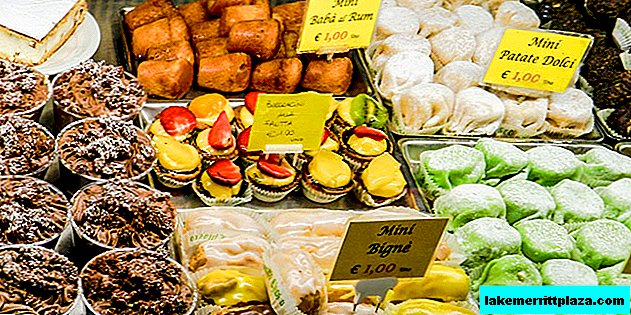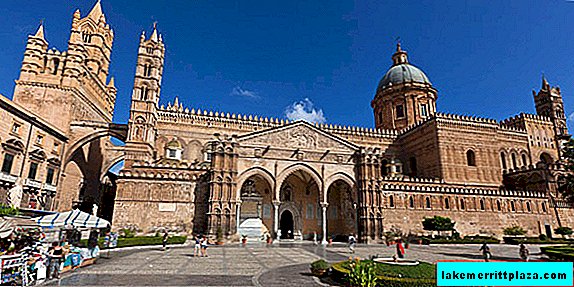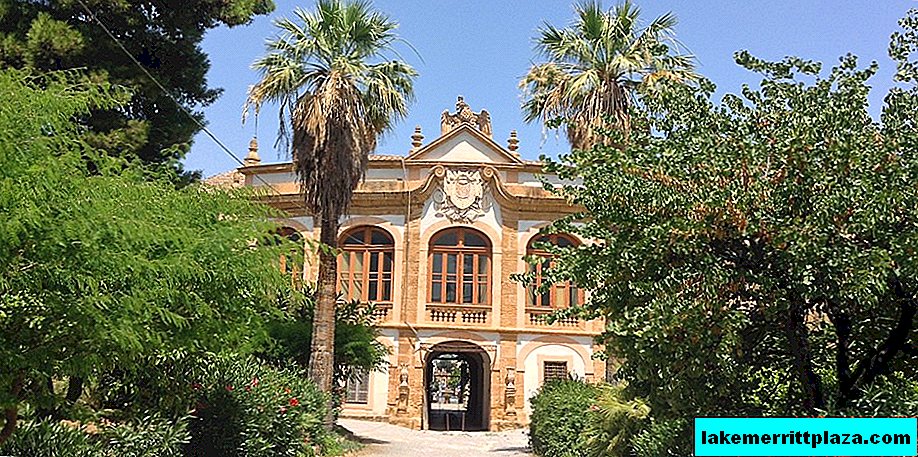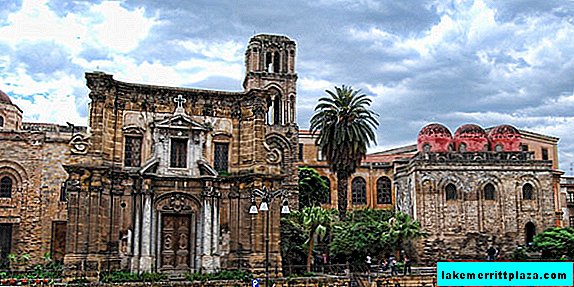Villa Farnesina is a museum that will be interesting to visit both for connoisseurs of the Renaissance and ordinary tourists. Here you can see how the apartment building of a wealthy Roman family in the 16th century looked like. The villa is decorated with frescoes by Raffaello (Raffaello Santi) and other famous artists.
Story
At the very beginning of the 16th century (1506-1510), a well-known Renaissance master, architect and artist, Baldassare Peruzzi worked on the design of the building, which later became known as the Villa Farnesina.
Initially, the villa was built for the banker Agostino Chigi, a well-known lover in those days to make noble feasts.
The building was called "Chigi Palace". This rich man gave loans to the Pope - Julius II and Leo X. His clients were also representatives of the Medici and Borgia families. Chigi patronized Rafael (Rafael), who took part in the design of the building.
In 1577, the villa was acquired by Alessandro Farnese, whose name she still bears. He was a cardinal, and also became famous as a philanthropist and collector. The Farnese family had plans to connect the villa with a bridge to their palace, located on the opposite bank of the river. But this idea did not materialize. In the 18th century, the Bourbons became the owners of the villa.
Nowadays, Villa Farnesina is owned by the Accademia dei Lincei National Academy. Most of the building is reserved for the Museum of Architecture and Painting. On the top floor, where the general public is not allowed, is the Institute of Graphics, as well as the National Cabinet of Prints.
The villa not only organizes excursions, but also regularly hosts concerts of ancient music.
What to see?
The villa of Farnesin is different from the typical buildings of its time. Then the houses usually had the form of rectangular blocks. And here the facade is not flat, the wings of the house protrude forward. There is a fountain in front of the entrance, you can enter the house through a loggia. Fruit trees grow in the garden of the villa, experts recommend visiting this place at the time of flowering.
On the ground floor of the building there are three rooms:
- Room Friezes. There are frescoes telling the myths of ancient Greece.
- Loggia of Galatea. It was named after Raphael’s fresco "The Triumph of Galatea", depicting one of the scenes of Ovid's Metamorphosis.

Also here you can see a fragment of the painting - the head of a young man - Michelangelo’s brush. According to legend, he went to Raphael, who worked on the painting of the villa, but did not find it. Instead of a note, Michelangelo left a drawing, which Raphael decided to keep. - Loggia of Cupid and Psyche. Here visitors are greeted by frescoes, which were created according to the writings of Apuleius.
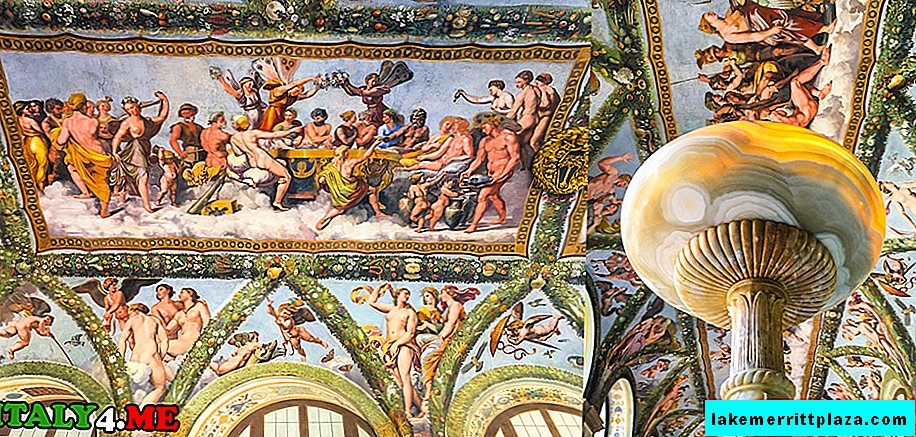
In the fireplace room on the second floor you can appreciate the "fraudulent" painting, which was made by Baldassare Peruzzi.

He painted a columned entrance to the garden, which creates the illusion of the absence of a wall. In the painted opening, Rome is visible with recognizable sights - the Colosseum, the Tiber River, churches.
The room that served as the bedroom to the former owners of the house is now called the Wedding Hall. The name was given by a fresco depicting the wedding of Alexander the Great.

Other murals tell scenes from his life. For example, there is the Taming of Bucephalus. According to legend, Alexander the Great, a wayward horse, managed to tame, being another 10-year-old boy.

Useful information
Ticket price
- A regular ticket for a visitor to the villa costs 6 euros. That is exactly what you have to pay for guests aged 18 to 65 years.
- Children under 10 years old with parents can attend for free.
- For a child from 10 to 14 years old - 3 euros, for a teenager from 14 to 18 years old - 5 euros.
- Also 5 Euros costs a ticket for older people over 65 years old.
The villa is allowed to take pictures, but only without a flash.
Work schedule
- Villa Farnesina is open for visitors from Monday to Saturday, from 9 to 14 hours. It is closed on Sundays and public holidays.
- Additionally, the museum is open on the second Sunday of each month from 9 a.m. to 5 p.m., but at this time there are only organized excursions.
Location
- Address: Via della Lungara, 230, 00165 Roma, district of Trastevere
- Official site: www.villafarnesina.it.




